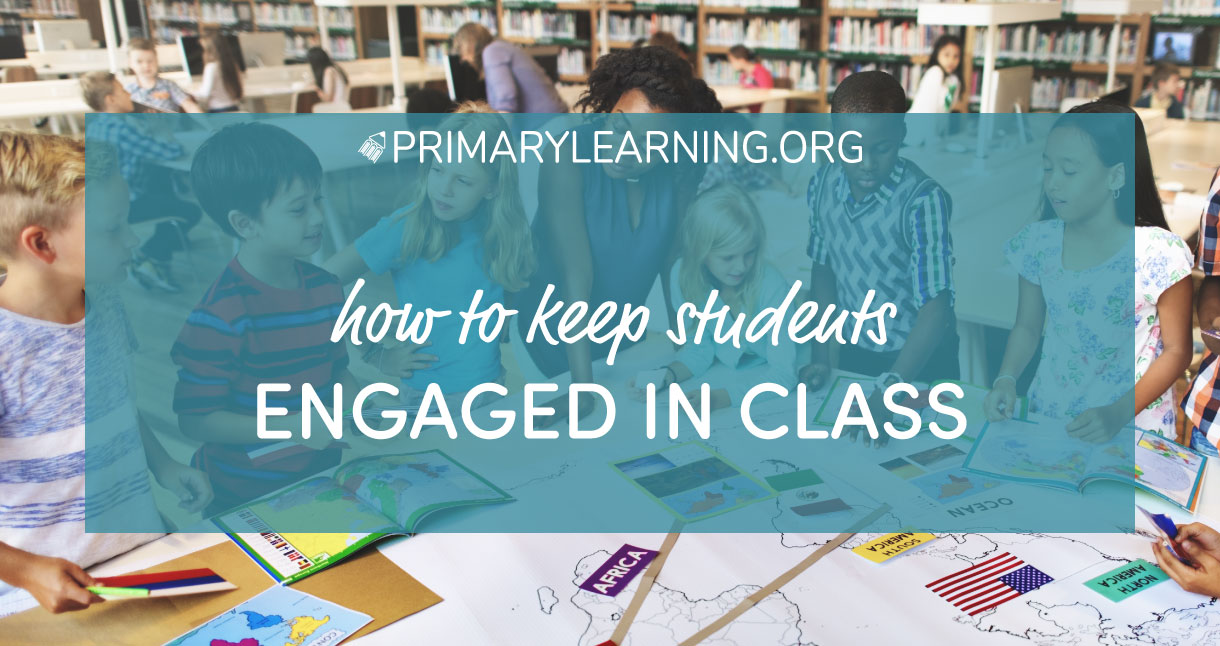

Posted by: Alesia Netuk
Updated: September 28th, 2023
How to Keep Students Engaged in Class?
How to Keep Students Engaged in Class?
Engaged students are interested, curious, attentive, motivated, and inspired. As educators, we can create an environment that promotes engagement which in turn, promotes learning. Give careful consideration to the learning activities you present to your students and how you can tap into their interests and promote their curiosity. Here are smart strategies that give you a comprehensive answer on how to keep students engaged.
The “Just Right” Level
It’s difficult to feel energized and motivated if you are presented with a very difficult task and feel you have little to no chance at achieving success. This is something to keep in mind when presenting students with learning activities.
Vygotsky’s theory on the zone of proximal development shows us how to create the optimal zone for learning, which occurs between what the child knows and what he doesn’t know yet. It’s the learning that occurs when the child is well-supported, either by a peer or educator, who can provide guidance and scaffolding. The learning task is not too easy, which may contribute to boredom, and is not too hard, which may cause frustration. A “just right” task can promote student engagement.
Tapping into Interests
It’s important for educators to know their students well, and that goes beyond simply knowing their academic achievements. Learning about other aspects of your students’ lives, such as their hobbies and interests, can help you develop relationships and rapport. It also allows you to tailor learning activities to your students’ interests.
Student engagement increases when learning is tied to topics students are genuinely interested in. Consider this factor when choosing books for your students to read, experiments to conduct, technology to use, and writing topics to propose. You can also ask yourself whether a closed choice activity can be tweaked to become more open-ended, allowing for student input.
Making Connections
It’s not uncommon for students to question why they’re learning something or wonder when they will use that knowledge in the future. Promote engagement by making real-world connections in your classroom.
For example, memorizing math facts may seem mundane but applying problem-solving skills to real-life examples can help students see the value in what they’re learning. Writing that is simply handed into the teacher may not capture a child’s interest but emailing a penpal or submitting a letter to the editor can be far more interesting and motivating.
Offering Choices
Promote curiosity and motivation in your classroom by building choices into your students’ learning. This may include allowing them to choose from a range of topics to research and explore within a subject. It could also involve letting them choose the format they use to demonstrate their learning, such as oral presentations, posters, skits, brochures, or slideshows.
For younger learners, setting up provocations with a variety of materials to explore, such as clay, sticks, gems, and stones can spark their imagination and capture their interest. Offering choices about how students will learn, such as independently, in partners, or in small groups can also tap into the variety of learning styles in your classroom.
Ownership
Promote engagement by creating a sense of student ownership in your classroom. You can accomplish this, for example, by allowing your students to contribute ideas to the physical set-up of your classroom. Discuss together how to arrange the furniture or how to organize the books in the reading corner. Students can also experience a sense of ownership by contributing to the classroom rules.
Have students brainstorm positive behaviors that will make their classroom a great place to be, then summarize them into a set of class rules or expectations. You can also promote ownership by having classroom jobs students take responsibility for completing. For example, jobs may include sweeping, putting chairs up at the end of the day, cleaning the whiteboard, or handing out papers. Ownership can help create a sense of community in your classroom, which can promote student engagement.
References
LEARNING MATERIALS TO MEET EVERY CHILD’S NEEDS
Here, at PrimaryLearning.Org, we tend to deliver the best-differentiated learning materials to K-2 students. Our resources can be easily incorporated into multisensory lessons to meet every child’s needs, whether s/he is a visual, kinesthetic, or auditory learner.